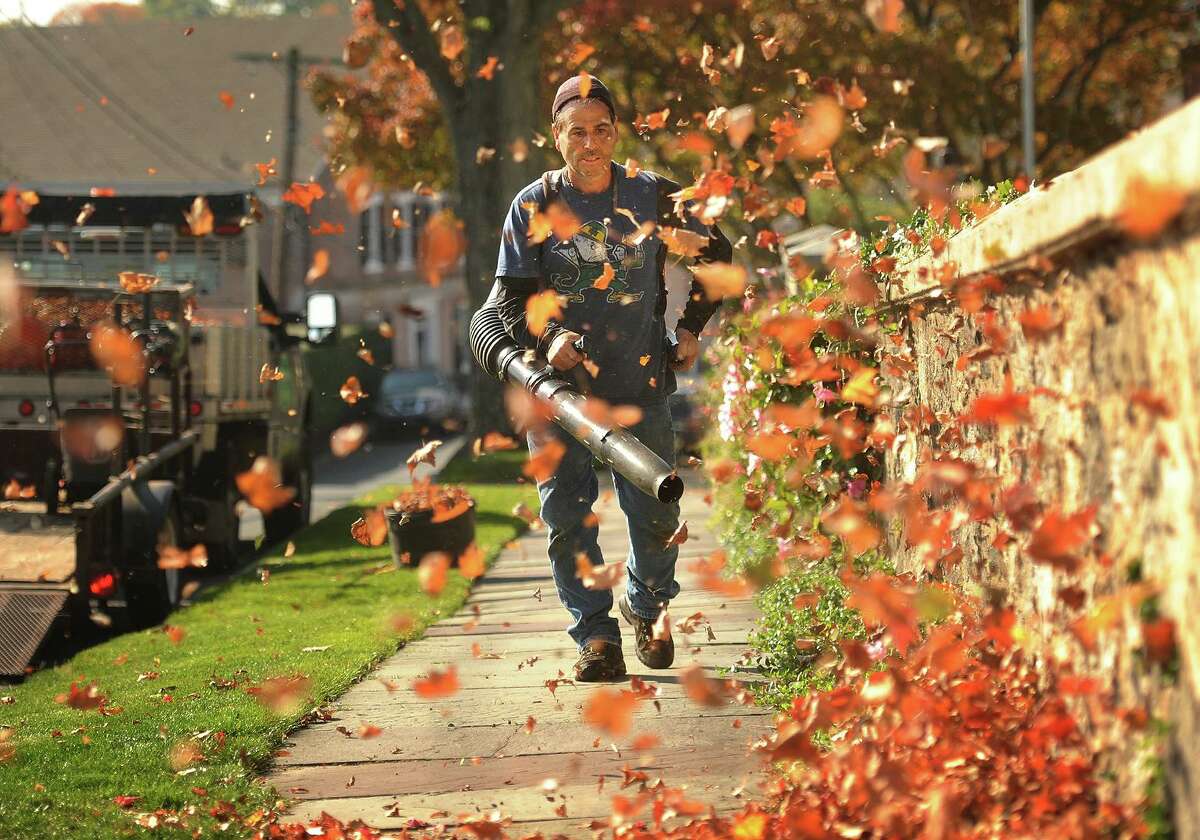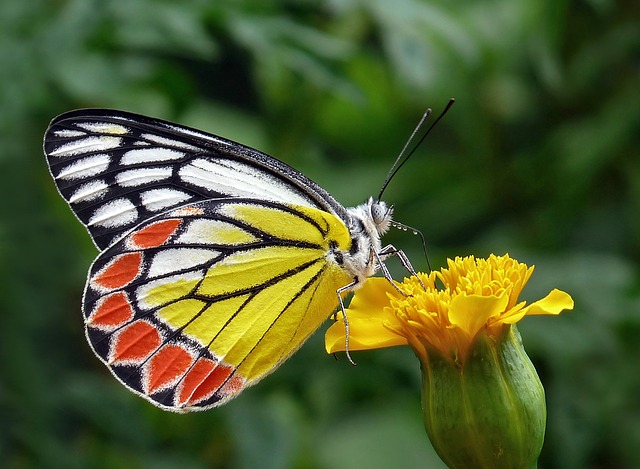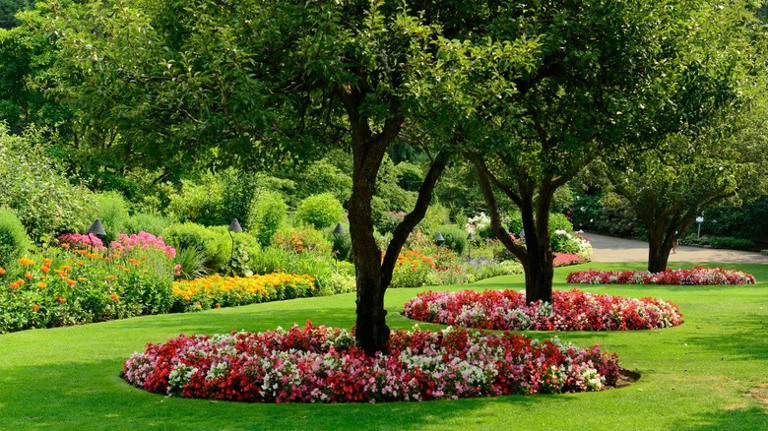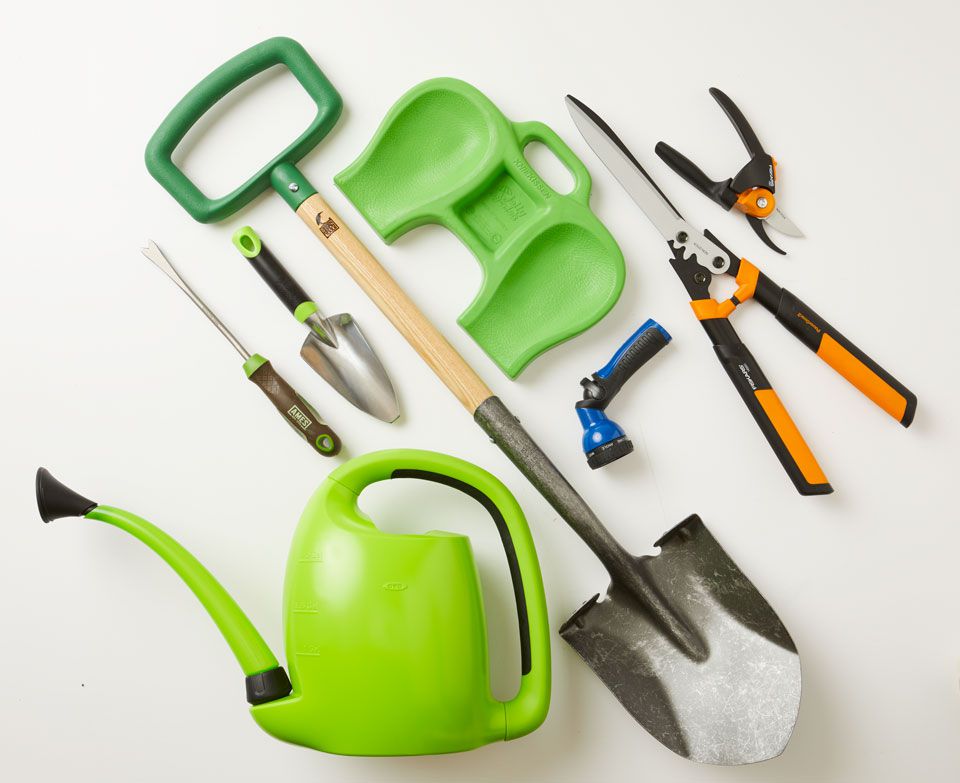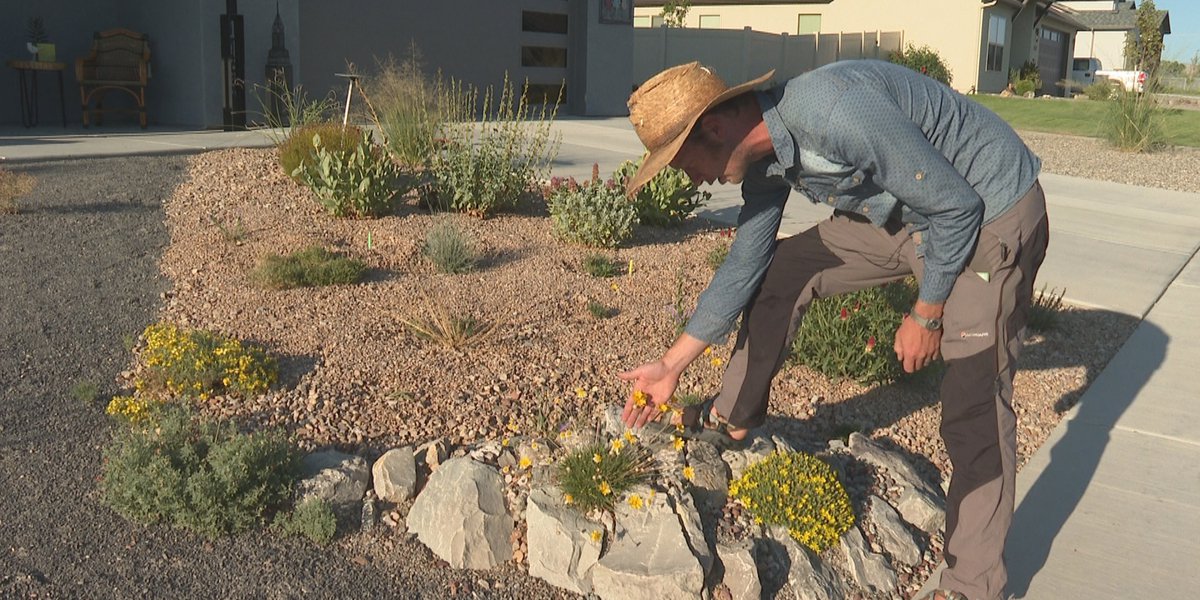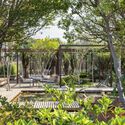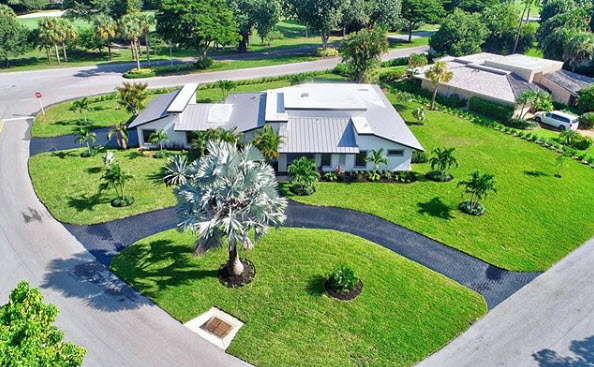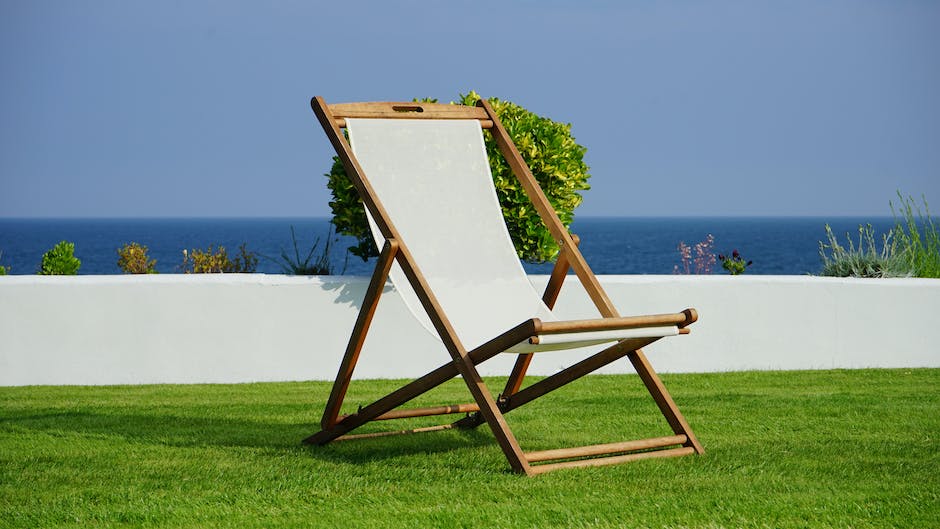When it comes to landscaping design, trends are constantly evolving. People are putting more emphasis on outdoor living spaces, transforming their backyard into a sanctuary where they can relax and entertain. So what are the hot trends in landscaping design for outdoor living?
One popular trend is the integration of eco-friendly elements. Homeowners are increasingly looking for ways to incorporate sustainable practices into their landscaping designs. This includes using native plants, implementing rainwater harvesting systems, and creating green roofs. By being environmentally conscious, homeowners can not only reduce their ecological footprint but also create a beautiful and lush outdoor space.
Another trending theme in landscaping design is the concept of creating outdoor rooms. Just like interior spaces have different areas for different activities, such as a living room, dining room, and kitchen, outdoor spaces are now being divided into distinct zones as well. This can be achieved through the strategic use of hardscaping materials, such as pavers or decking, to create separate areas for lounging, dining, and cooking. By creating defined spaces, homeowners can make the most of their outdoor living areas.
Lastly, a popular trend that’s emerging in landscaping design is the use of technology. Smart technology is now being incorporated into outdoor living spaces, allowing homeowners to control lighting, irrigation, and even entertainment systems with just a few taps on their smartphones. This seamless integration of technology not only enhances convenience but also adds a touch of modernity to the space.
In conclusion, landscaping design trends for outdoor living are constantly evolving. Eco-friendly practices, the concept of creating outdoor rooms, and the integration of smart technology are among the hot trends in the industry. By staying updated with these trends, homeowners can create a stunning outdoor living space that not only reflects their personal style but also provides a place to escape and connect with nature.
Contact RCH Landscaping Today for a Free Estimate

